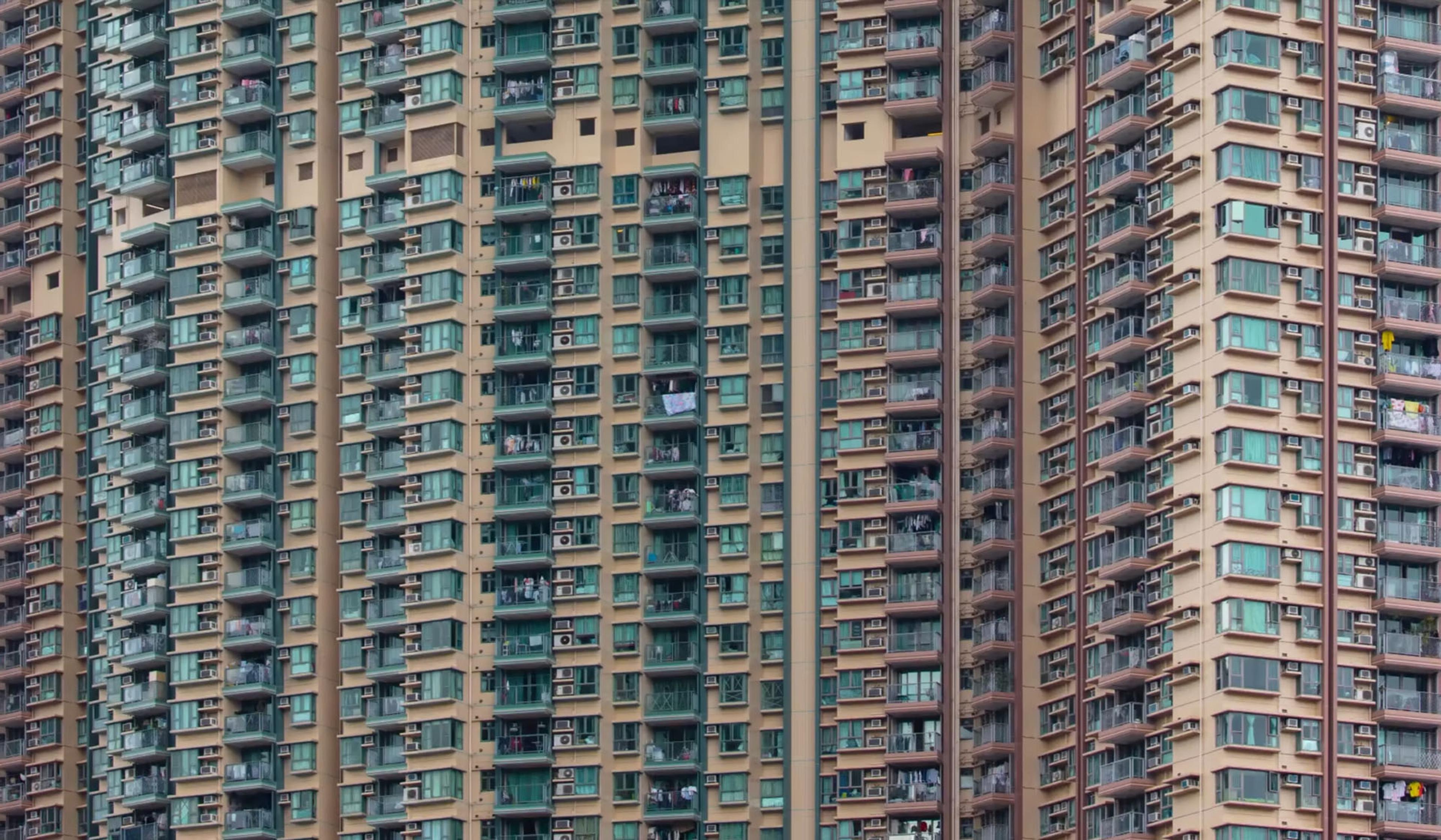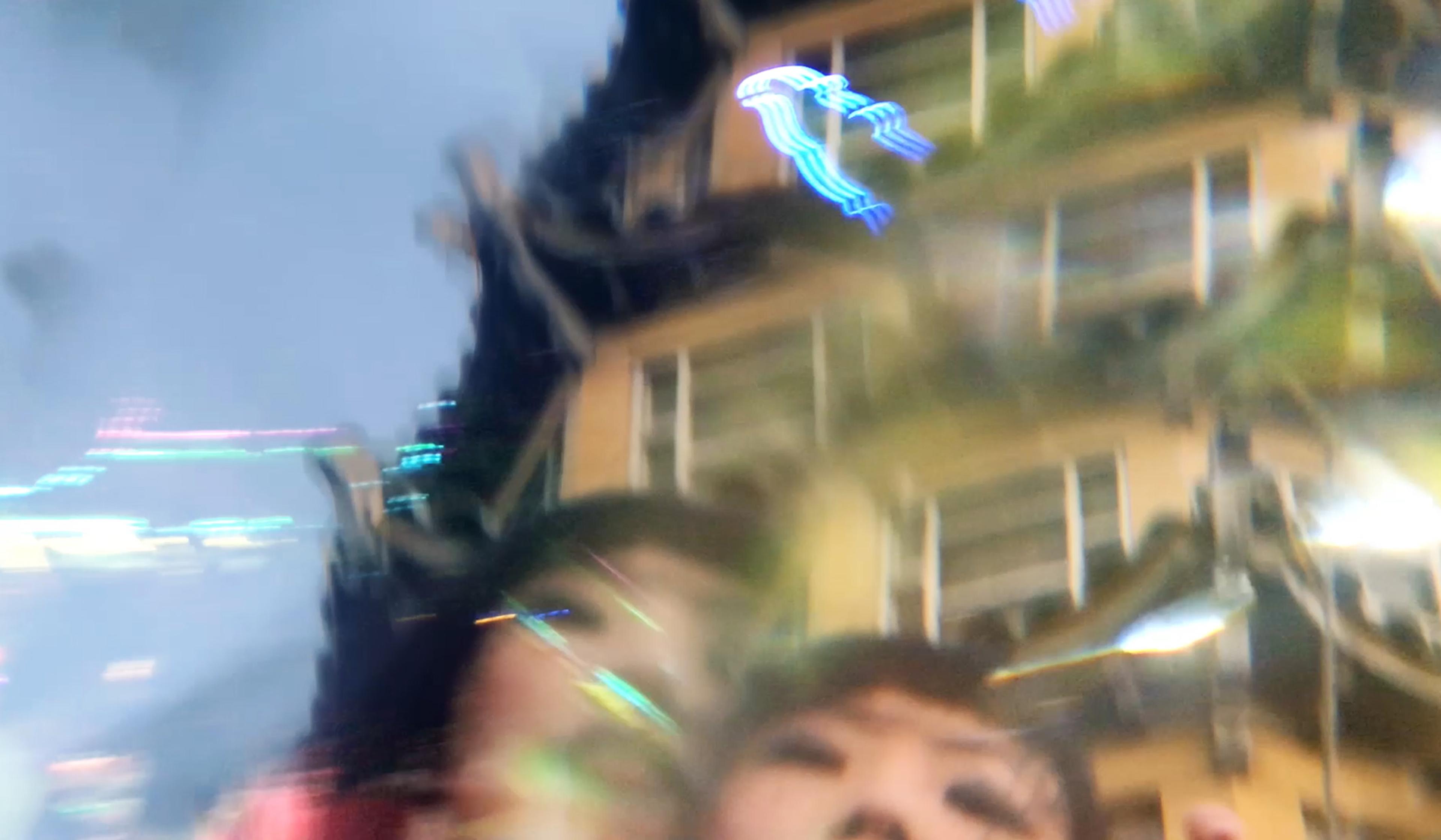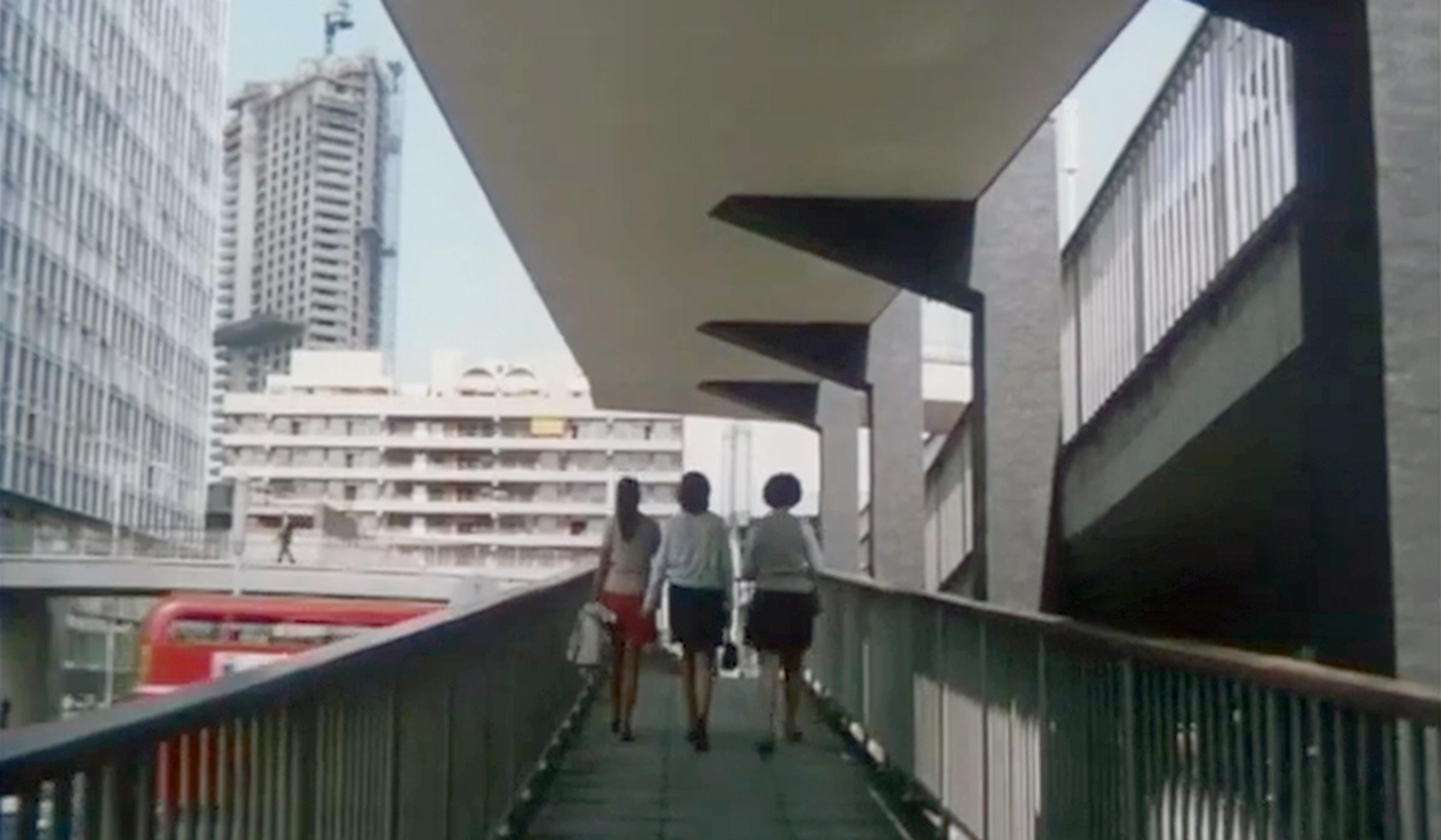Existing as a Chinese enclave within British Hong Kong for roughly a century, in the 1980s Kowloon Walled City was considered the most densely populated place on Earth. Built 14 storeys high and with little to no space between buildings, an estimated 33,000 to 50,000 residents packed into its high-rises across just 6.5 acres. By 1994, this curious urban monolith had been demolished due to what was considered a low quality of life within its walls and plans for the region’s transfer back to China. This video essay traces the history of Kowloon Walled City from its origins as a small 17th-century military outpost to today, where it lives on in the popular imagination through films, video games and an ongoing fascination with this unlikely makeshift society. In doing so, the piece unravels a fascinating story of how geopolitical and economic forces led this unassuming stretch of land to become one of the most idiosyncratic settlements in human history.
Aerial view of Kowloon Walled City, 1989. Photo by Ian Lambot
The rise and fall of Kowloon Walled City, Hong Kong’s infamous urban monolith
Video by neo

videoCities
In the shadows of high-rises, Shanghai’s small neighbourhoods struggle to survive
13 minutes

videoCities
An abandoned Chinese city is the backdrop for a haunting fable on capitalism
15 minutes

videoArchitecture
A whirlwind tour of Hong Kong’s high-rises is an awesome meditation on urbanity
9 minutes

videoRace and ethnicity
Seeking authenticity in a Chinatown built for tourists and Hollywood movies
23 minutes

videoEconomics
Five miles of fake flowers, cat cushions and muzak: enter the world’s largest market
10 minutes

videoBiology
Meet your single-celled neighbours – a microbial tour of a metropolis
6 minutes

videoCities
How the Barbican brought back living into the working heart of London
22 minutes

videoThe environment
Sand grab: how Singapore’s growth is taking the land out from under Cambodians’ feet
16 minutes

videoHuman rights and justice
Footage from Hong Kong reveals the combustible, contested reality of street protest
36 minutes